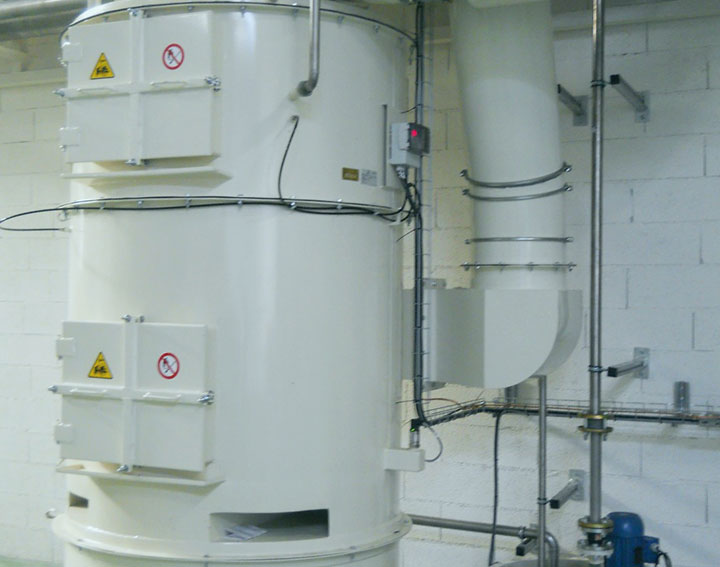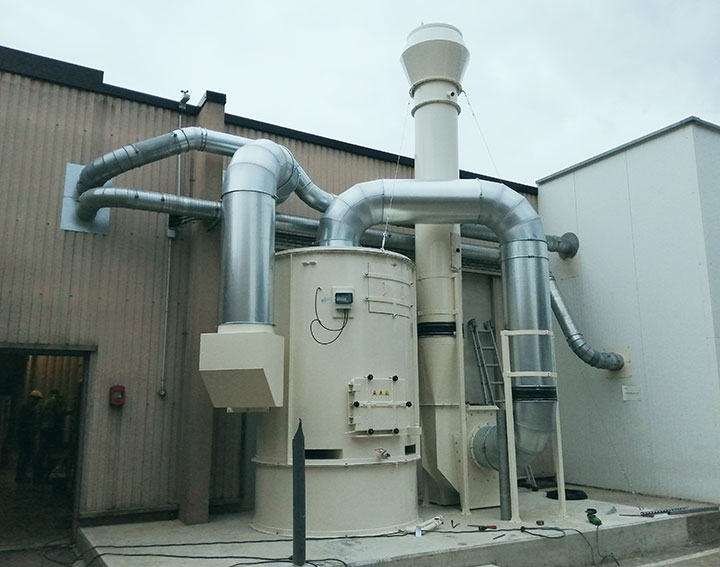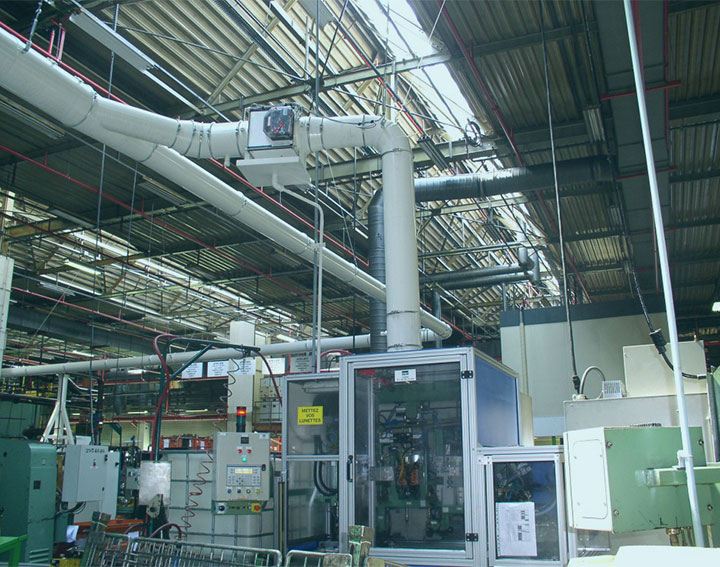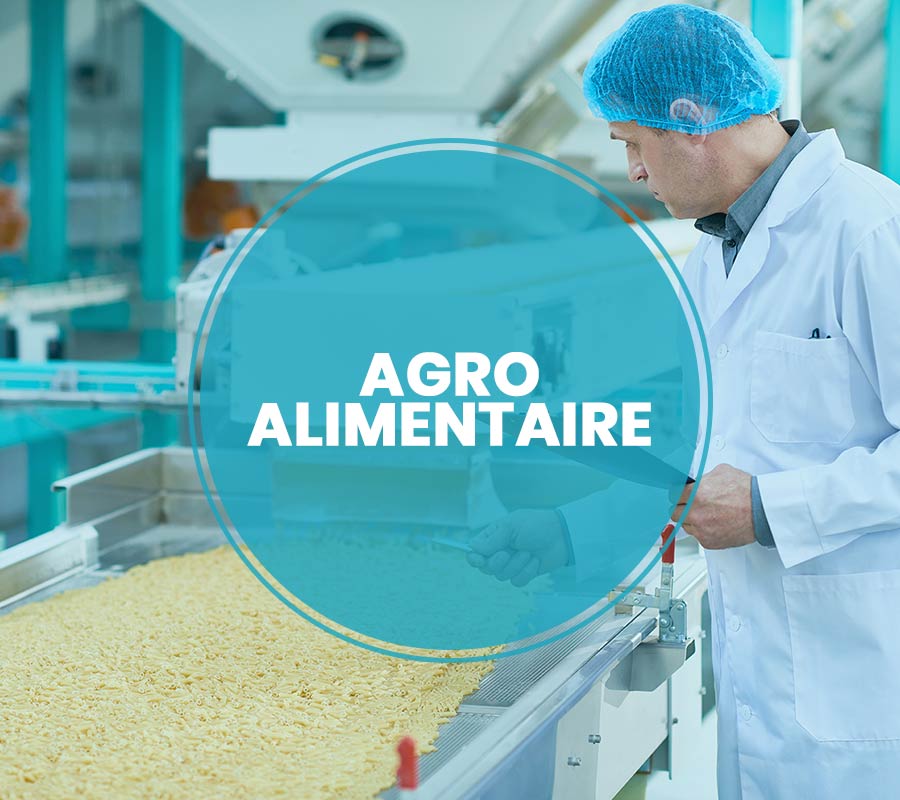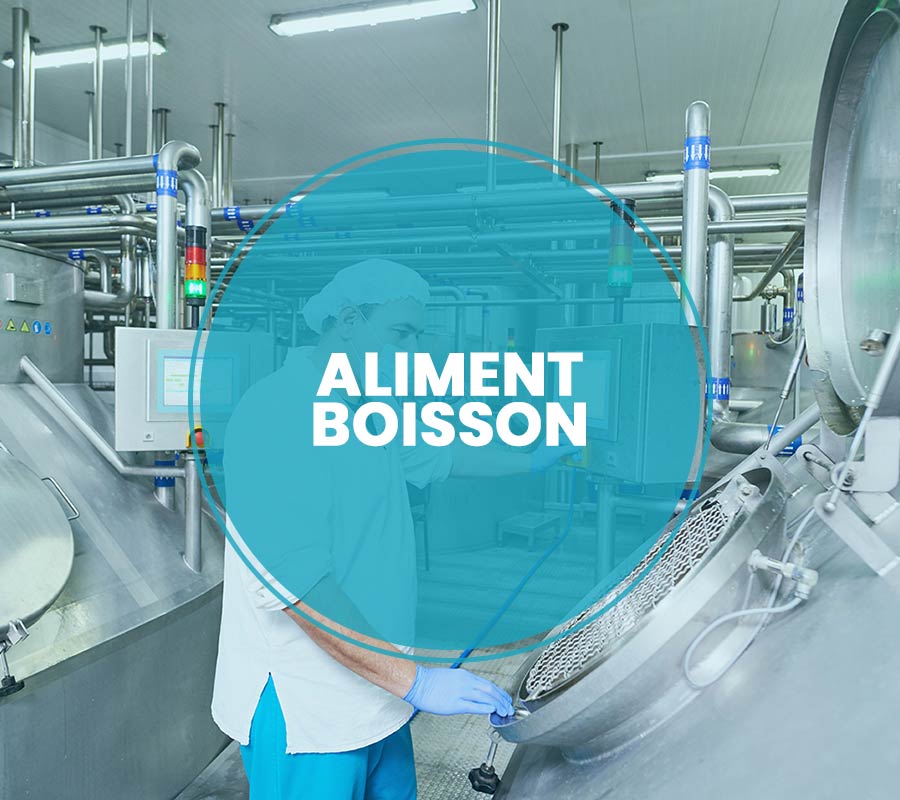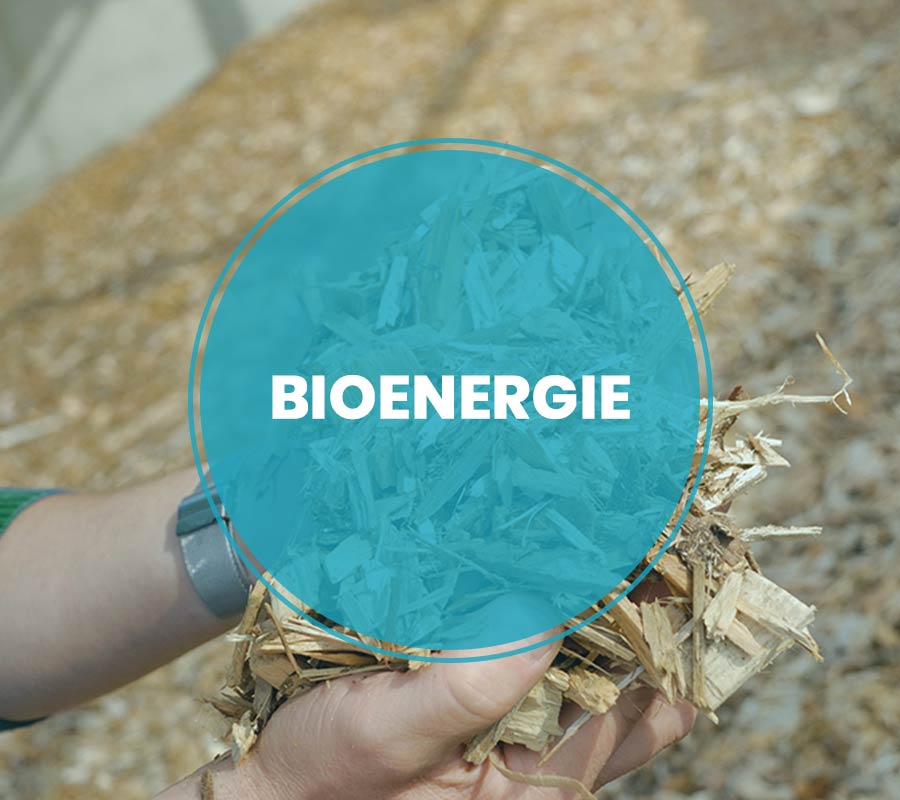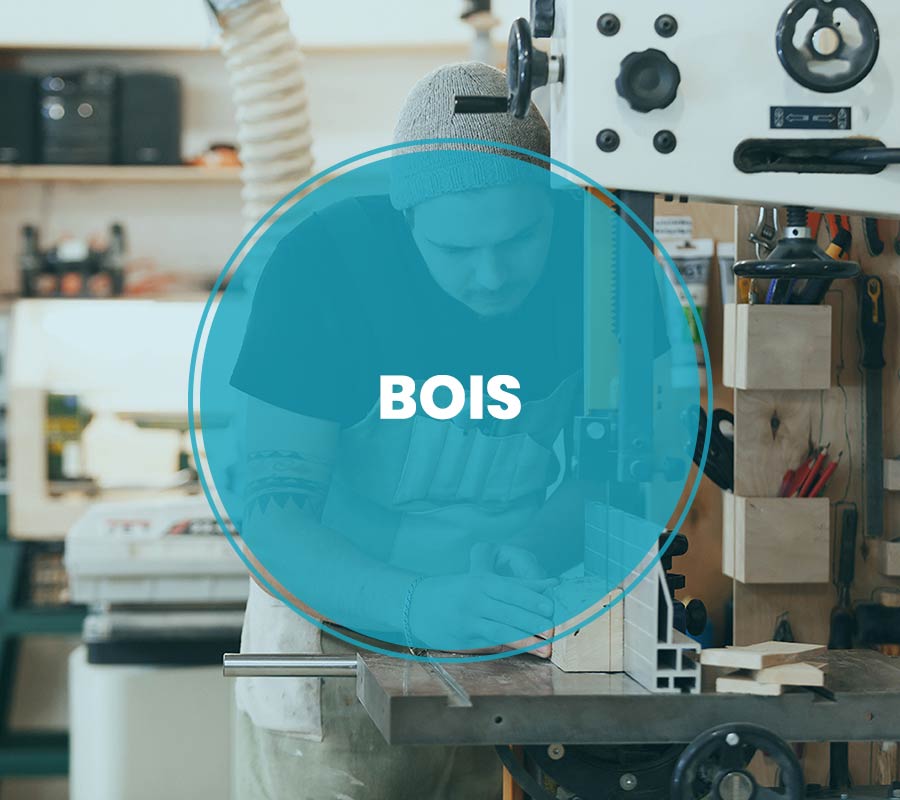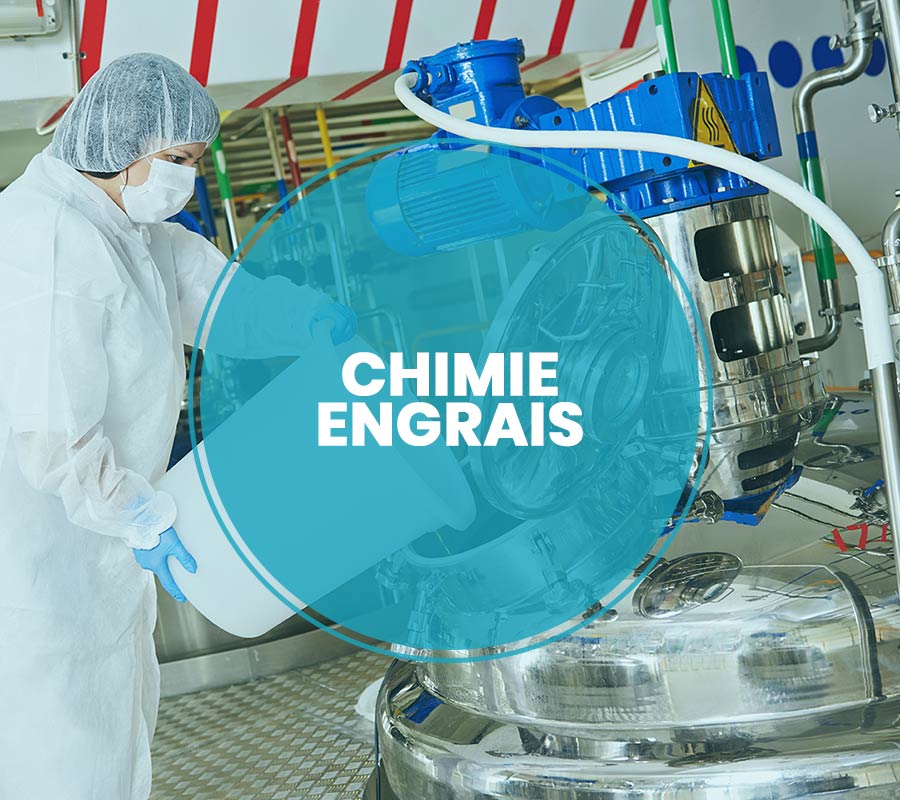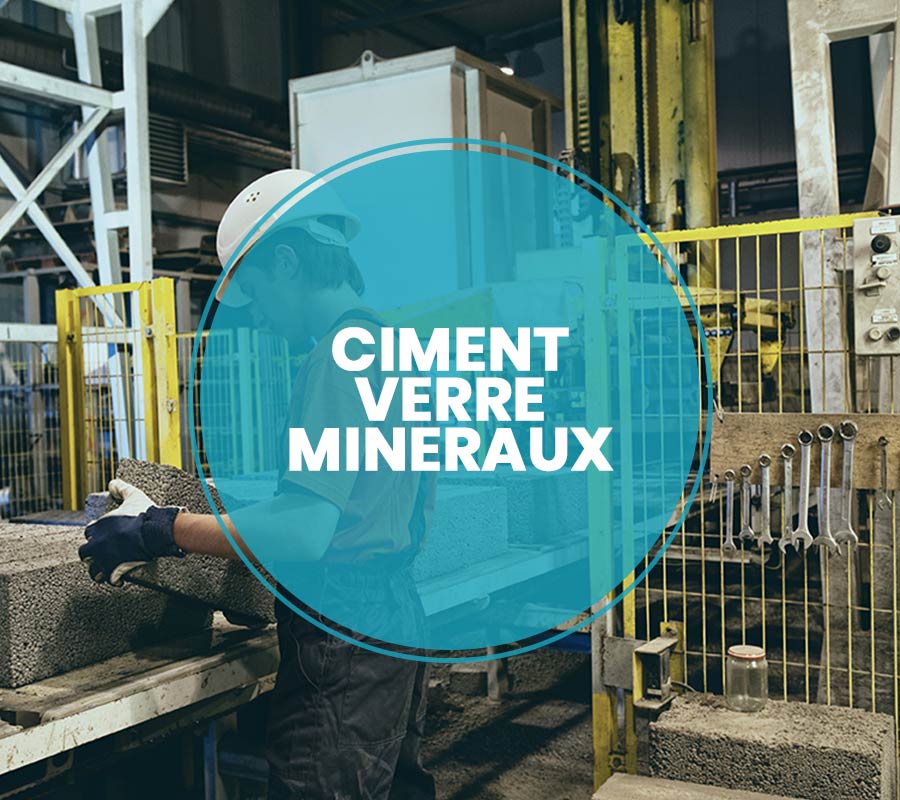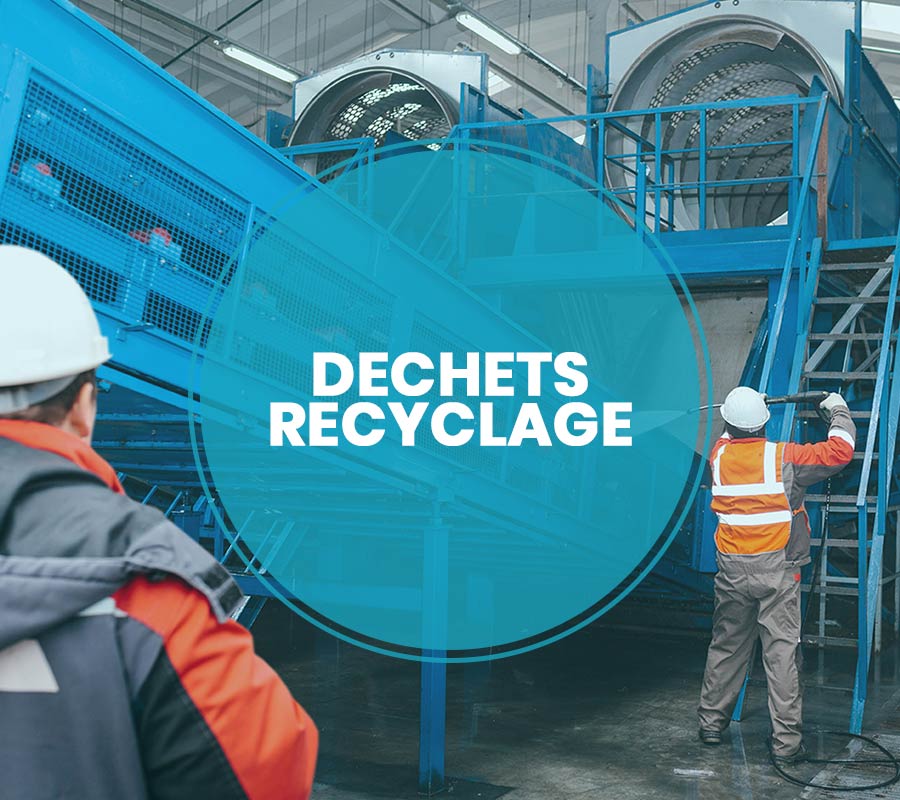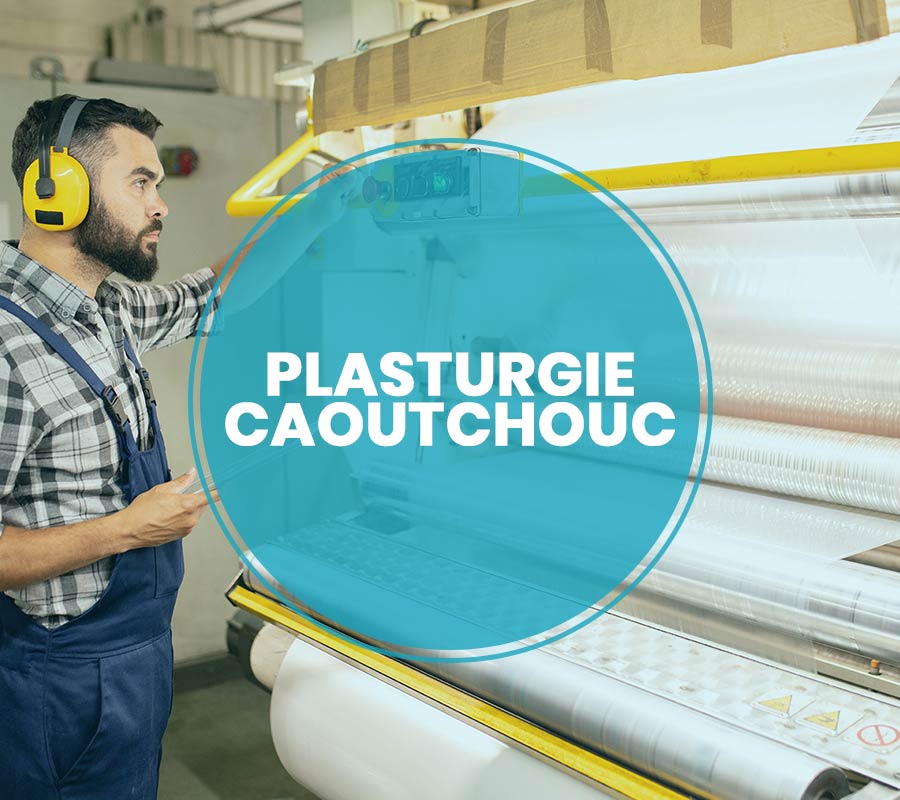Dust extraction, smoke filtration and cleaning production areas in the metalworking industry
Metal processing involves methods that generate a large amount of dust and fumes that can make the atmosphere in production workshops unbreathable and polluted. For the industrial automation, mechanics, machining, boilermaking, metalworking, welding, casting and steel industries... all those who use metal in its various forms, protecting the health of employees by minimising exposure to dust and fumes is a fundamental, daily challenge.

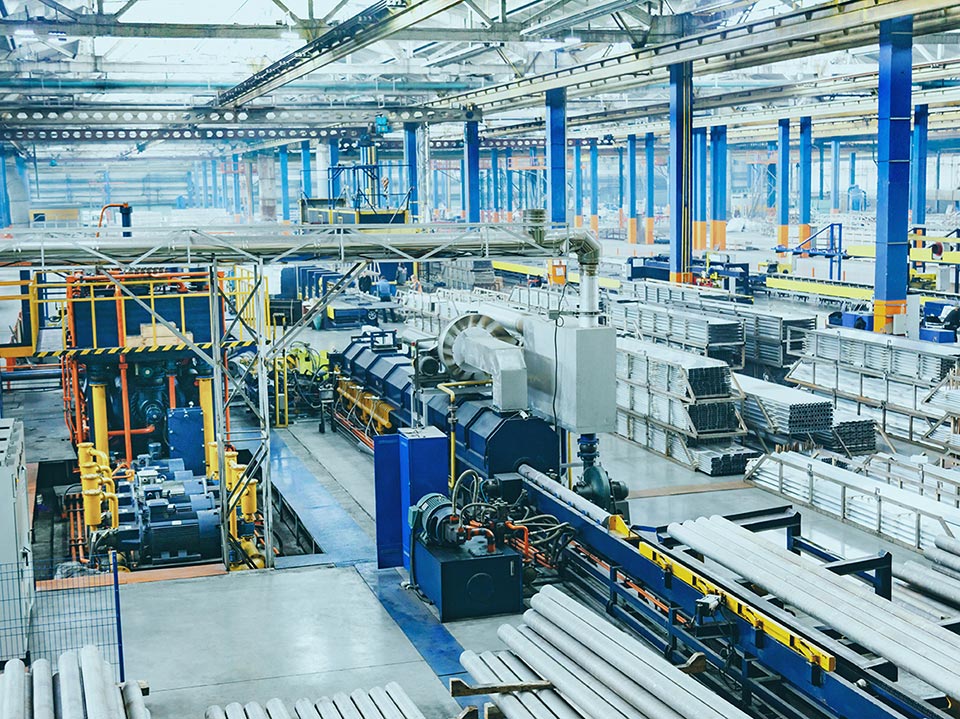
Our expertise
Handling equipment (unloading, handling, transfer, storage, etc.), and in particular processing equipment (welding, brushing, melting, machining, forging, grinding, sanding, polishing, etc.), generate pathogenic dust and fumes that can cause respiratory problems for operators, or even serious complications.
Suction of contaminants on these various processes, but also the cleaning of production areas (cleaning floors and machinery) improves the working conditions of operators.
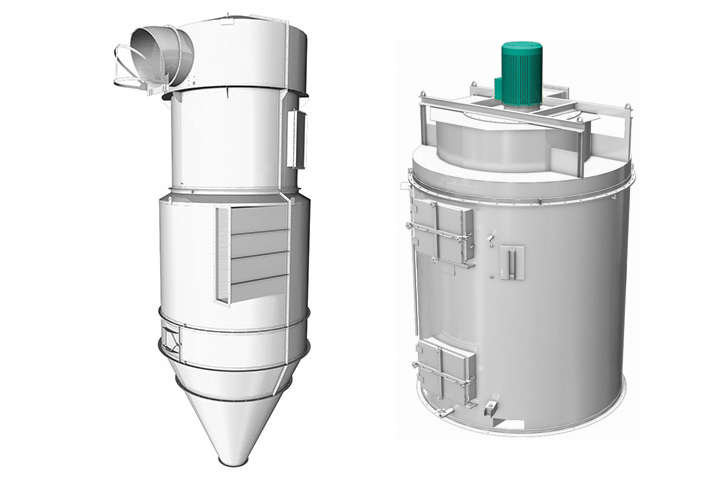
A wide range of dust extraction equipment
To address all of the issues related to dry metal dust for companies in the metalworking sector, ATTINAIR designs and offers a wide range of industrial dust extraction systems (in compliance with ATEX regulations).
Our MISTRAL filter has been specifically designed to eliminate oil, emulsion and aerosol mist. This system is mainly used in industrial metal machining applications, wherever machine-tools use cooling lubricants. The filtration system was designed to be installed as a centralised suction system.
Expert in “turnkey” engineering
The installation of industrial dust extraction or vapour filtration systems is the best solution for air quality issues in the metalworking sector. After a personalised and in-depth process study, our project managers develop specific and ergonomic dust extraction systems that capture contaminants at source: smelting fumes, welding fumes, metal dust, oil mist, etc.
For all metal dust that has accumulated in and around the production tool. Our centralised vacuum extraction solutions capture the contaminants by means of cleaning accessories (suction attachments, brushes, pipes, etc.) connected to vacuum extraction hoses and outlets. The extraction points are installed directly in the workshop to enable the thorough cleaning of production areas and keep the industrial environment clean.
General ventilation systems can be used in addition to an extraction at source system and can also remove heat at the heat production source.
A comprehensive offer
Commissioning of installations by our project managers who helped design the installation.
Monitoring of proper functioning and measurement of air speeds and pressure losses of each machine and at different points of the suction collectors, motor intensities, as well as sound levels which are included in the technical file and certify compliance with the regulations.
Our Service Department offers original spare parts, upgrading and preventive maintenance contracts.

Our references
Bearing manufacturer
Application:
suction of oil mist
Equipment installed:
NOMF2 and NOMF8 filters
Airflow rate:
12,000m3/h
Benefits for the customer:
ATEX standard, environmental protection, cleanliness on process
Knife manufacturer
Application:
suction of metal dust
Equipment installed:
NOMF6 filter
Automotive
Application:
cranckcase machining
Equipment installed:
DFE 4-48 filter et BLC fan (75kW)
Airflow rate:
40,000 m3/h
Benefits for the customer:
centralisation of 30 soluble oil mist extraction points on machining centres. TWA at the work station compliant with the regulations. Reduced maintenance.
Are you an installer/fitter?
Regulations
CHROMIUM VI or hexavalent chromium and its compounds
Chemical products (in particular solvents) or dust of mineral origin (silica, asbestos, iron, zinc, cobalt, tin, etc.) provide numerous and varied routes of exposure in the workplace. This dust may come directly from the raw materials used (in powder form in particular) and are released during their production, transportation storage or implementation (extraction, crushing of mineral ores, flour production, manufacture and use of plastic materials, etc.).
They are also produced during the processing of finished or semi-finished products (metal machining, sawing, sanding, grinding of wood or synthetic materials, waster grinding…) or during demolition or cleaning operations. The occupational exposure limits apply to all forms of dust (marble, dust, etc.). Article R. 4222-10 of the French Labour Code.
8-hour time-weighted average
- total dust = 10 mg/m3 of air
- respirable dust = 5 mg/m3 of air
Dust and chemical products can cause explosions. Solutions are available that reduce this risk and which must comply with the ATEX Directive.
More information available in our Regulations section.





